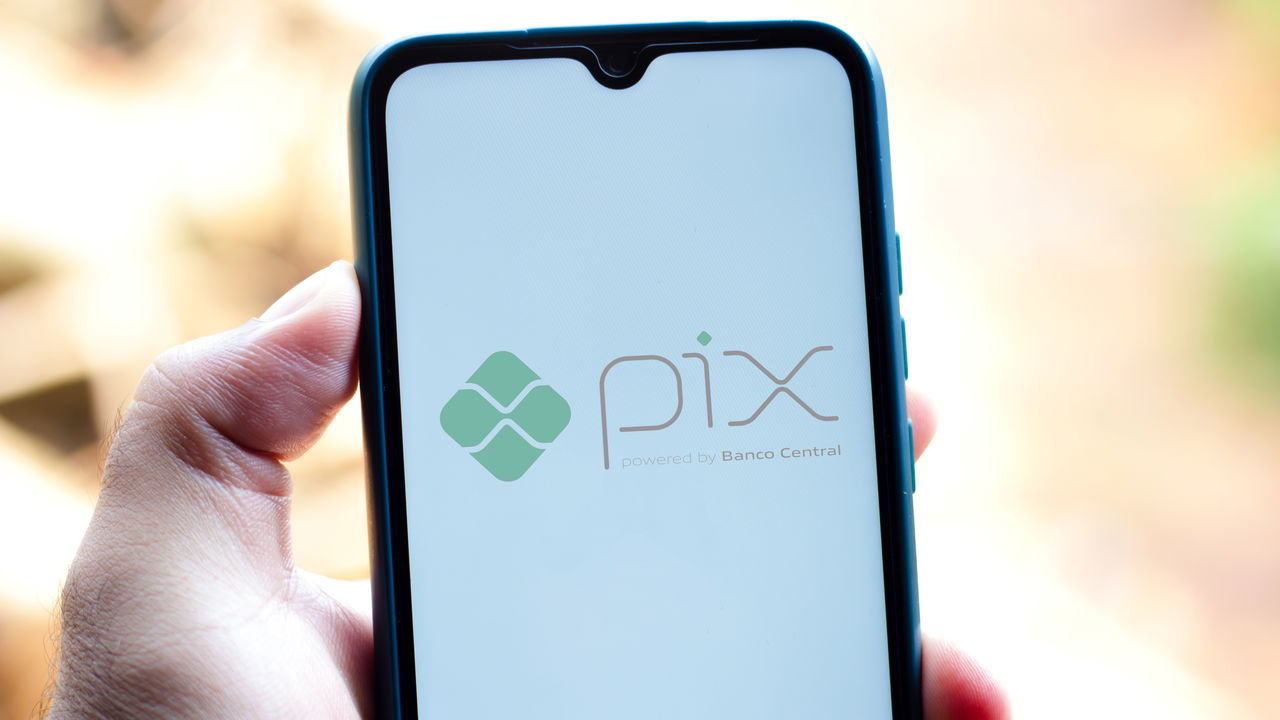
Recent data from Central Bank It reveals that over 2.5 million fraudulent return requests have been registered through PIX’s Mechanism for Deposit Deposit (MED) by July 2024. This system was created to provide an additional layer of security for users, blocking resources in the receiving account and allowing for a thorough analysis of the receiving bank’s accounts before any return is made.
MED has been active since 2021 and has proven to be a crucial tool for victims of financial fraud. It allows the bank to recover funds efficiently and securely when a fraudulent or erroneous transaction is detected. By attracting increasing interest from banking institutions, MED seeks to reduce the impact of fraud on PIX users.
How does the PIX return mechanism work?
The main function of MED is to block the amounts in the receiving account immediately after reporting fraud. This allows the bank to conduct a comprehensive assessment of the situation and, if the violation is verified, proceed to recover the funds. Most importantly, this process does not require direct action from the user, providing greater peace of mind and security.
Furthermore, the Central Bank works with financial institutions to ensure that the return process is quick and efficient. This way, even if the victim does not notice the scam right away, there is a good chance of recovering the lost amount.
How does the “Wrong PIX” scam work?
The “False PIX” scam aims to trick well-intentioned people into returning funds to fraudulent accounts. See step-by-step how criminals act:
- Victim identification: The scammer finds out the victim's cell phone number, which is often registered as a PIX key. This can be done through online registration or social media.
- Initial transfer: The criminal transfers the PIX to the victim's account.
- Contact the victim: After that, he called him saying he made the wrong PIX and asked for his money back.
- Back to the third account: The victim, in good faith, returns the money to a third account provided by the criminal, rather than to the original account.
- Activate Med: The scammer then contacts MED to try to recover the original funds, leaving the victim in the lurch.
How to protect yourself from fraud in PIX?
To avoid falling into scams like “wrong PIX”, pay attention to the following recommendations:
- Use the PIX return function: Do not manually return funds to a third party's account, even if the request seems legitimate. Use the return function in the banking app itself.
- Check your personal data carefully: Keep your personal data safe and avoid sharing sensitive information on social networks.
- Beware of suspicious contacts: If someone requests a PIX refund, check with your bank directly before making any refund.
February's role in preventing fraud
The Brazilian Banking Federation (Febraban) has been actively involved in recommending good practices to avoid fraud with PIX. José Gomes, director of the February Anti-Fraud Commission, highlights the importance of never submitting manual returns to third parties and always using the official resources of the banking system.
Furthermore, Vibraban warns of the dangers of fraudulent emails and suspicious messages. It is recommended that users are always vigilant of any requests for personal or financial information made through unofficial channels.
In short, PIX's own return mechanism (MED) has proven itself as an essential tool for user security. By following the recommendations and using the return function in the system, you can protect yourself from fraud and ensure a safer experience with PIX.

“Friendly zombie guru. Avid pop culture scholar. Freelance travel geek. Wannabe troublemaker. Coffee specialist.”






